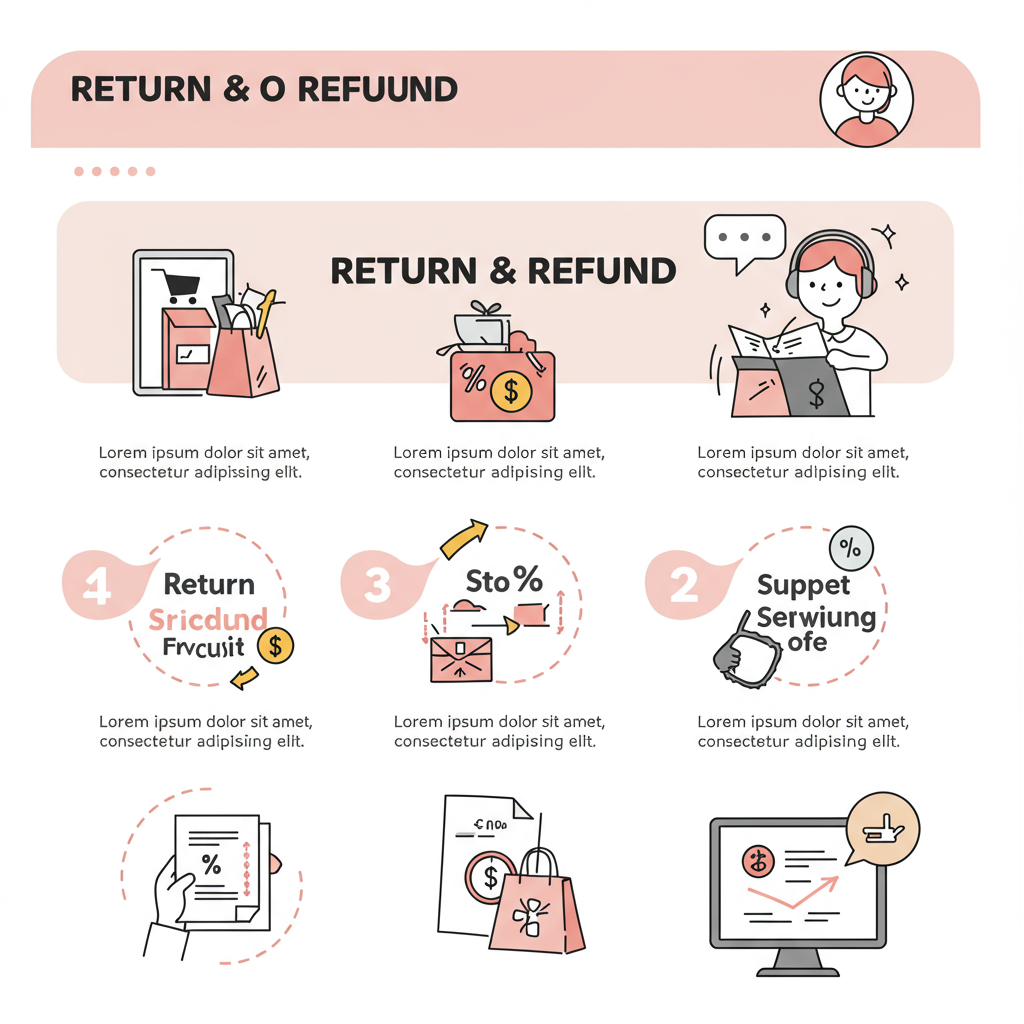A comprehensive walkthrough for merchants to build trust and streamline operations.
As a Shopify merchant, I know firsthand that managing returns and refunds can feel like a daunting task. It’s often seen as a necessary evil, but I’ve learned to view it as a crucial opportunity to build customer trust and loyalty.
A well-defined and transparent return and refund policy isn’t just a legal requirement; it’s a powerful tool for customer satisfaction and business growth. It sets clear expectations and minimizes potential disputes.
When I first started, I underestimated the importance of this. I quickly realized that customers feel more confident purchasing from stores that clearly outline their return process, knowing they have recourse if something isn’t right.
Shopify provides us with excellent built-in tools to manage these aspects, but it’s up to us to craft the policy itself and integrate it seamlessly into our store’s operations.
So, let’s dive deep into how you can create, implement, and manage an effective return and refund policy on your Shopify store, ensuring both your customers and your business are protected.
First, let’s understand the core components of a robust return policy. I always start by thinking about the customer’s perspective: What information would *I* want to know before making a purchase?
**Return Window:** This is perhaps the most critical element. How many days do customers have to return an item from the date of purchase or delivery? Common windows are 14, 30, or even 60 days.
I recommend choosing a window that balances customer convenience with your operational capabilities. Too short, and it might deter sales; too long, and it could lead to inventory issues.
**Condition of Returned Items:** Clearly state that items must be returned in their original condition, unworn, unwashed, with tags attached, and in original packaging. This prevents abuse and ensures you can restock the item.
**Proof of Purchase:** Will you require a receipt, order number, or packing slip? Most online stores can easily track orders via email or account history, but it’s good to specify.
**Return Process:** Outline the step-by-step instructions for initiating a return. Do they need to contact customer service first? Is there an online return portal? Where should they ship the item?
I find that providing a clear, numbered list of steps makes the process much less confusing for the customer, reducing the number of “where do I send this?” emails.
**Refund Method:** Specify how the refund will be issued. Will it be to the original payment method, store credit, or an exchange? Most customers expect a refund to their original payment method.
**Shipping Costs:** Who pays for return shipping? This is a common point of contention. Options include the customer paying, the merchant paying (often for defective items), or a hybrid approach.
For defective or incorrect items, I always cover the return shipping. For “change of mind” returns, I often ask the customer to cover it, or offer a pre-paid label with the cost deducted from the refund.
**Restocking Fees:** Will you charge a restocking fee? While some businesses use this, I generally advise against it unless absolutely necessary, as it can negatively impact customer satisfaction.
**Non-Returnable Items:** Clearly list any items that cannot be returned, such as final sale items, gift cards, perishable goods, personalized items, or intimate apparel for hygiene reasons.
Now, let’s talk about implementing this policy on your Shopify store. I always create a dedicated “Return & Refund Policy” page.
Navigate to “Online Store” > “Pages” in your Shopify admin. Click “Add page” and paste your carefully crafted policy content here.
Once the page is created, I link to it prominently in my store’s footer menu. This makes it easily accessible to customers without them having to search for it.
You can also link to it from your product pages, checkout page, and order confirmation emails to ensure maximum visibility and transparency.
Shopify also has built-in refund capabilities. When a customer requests a return, you’ll manage it directly from your “Orders” section in the admin.
Select the order, click “Refund,” and you’ll have options to issue a full refund, a partial refund, or even restock the items. I always make sure to restock if the item is in sellable condition.
For partial refunds, you can specify the amount and even choose to refund shipping costs separately. This flexibility is incredibly useful for handling various scenarios.
Communication is key throughout the return process. I make sure to send automated email updates to customers when their return is received, processed, and when their refund has been issued.
What do you think about this article? I’m always looking for ways to improve my advice for fellow merchants.
Consider using Shopify apps for more advanced return management. Apps like Returnly or Loop Returns can automate much of the process, provide a branded return portal, and streamline exchanges.
These apps can be particularly helpful as your business scales, reducing manual work and improving the customer experience significantly.
Remember, a fair and clear return policy builds trust, reduces customer service inquiries, and can even turn a potentially negative experience into a positive one, fostering long-term customer loyalty.
By proactively addressing returns and refunds with a well-thought-out policy and efficient processes, you’re not just mitigating risk; you’re enhancing your brand’s reputation and encouraging repeat business.
So, take the time to review your current policy, or create one if you haven’t already. It’s an investment that truly pays off in the long run for any Shopify merchant.






